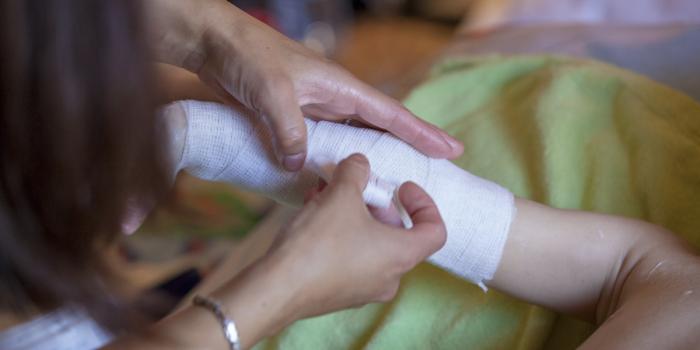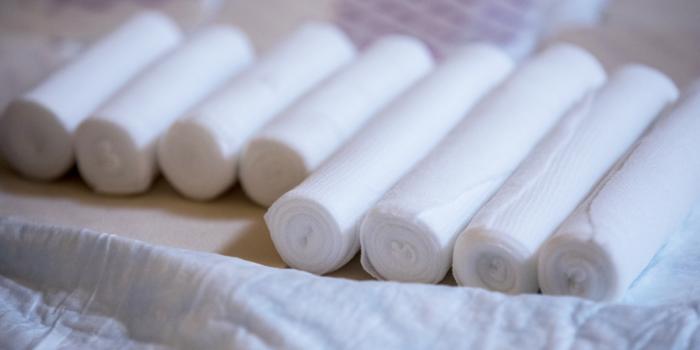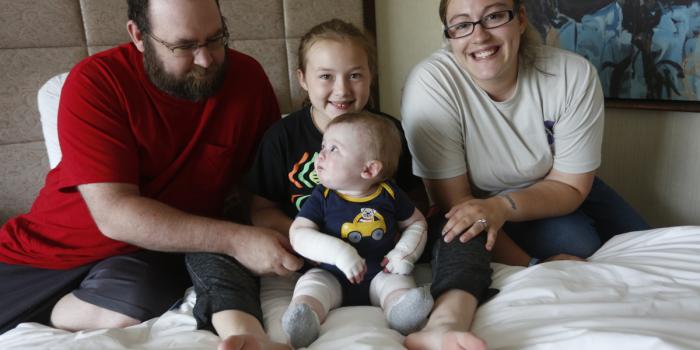*CLICK HERE TO DOWNLOAD A PDF VERSION OF THIS PAGE.
Wound care is part of the supportive care given to those with Epidermolysis Bullosa (EB).
The following list of suggested methods of wound care has been compiled from several sources and addresses all forms of EB. Because suggestions may not pertain to every form of EB, discretion and experimentation will guide the parents and the physician in choosing those methods that apply.
It is important to note that no one wound care product works for every person or every wound. Wound healing is the primary goal, but dressings must also provide comfort, prevent pain and re-injury, be easy to apply and remove, and be cost effective. As a result, selection is often based on personal preferences. (Ly, L., Su, JC J of Wound Care Vol. 17, No 11, November 2008: 482-492).
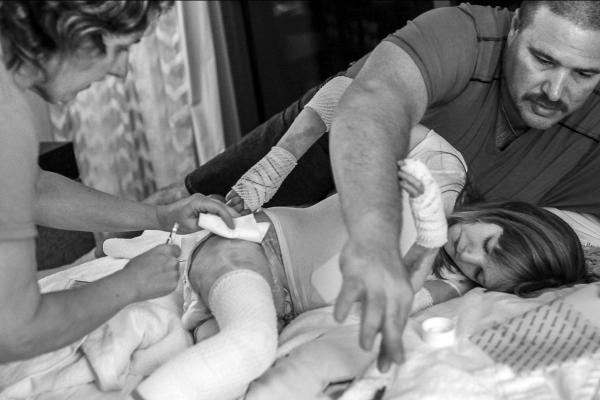
A blister, erosion, or wound should be bandaged if:
- Protection will prevent trauma and friction
- Dressings reduce the pain
- The area is draining or bleeding
- Infection is present
The Stages of Wound Healing
A wound is a break or opening in the skin or mucous membranes. Wounds are typically caused by trauma and/ or surgery. Acute and chronic wounds may occur very frequently in individuals with EB. The reason for this is that the various proteins that are affected in the different forms of EB are the exact same proteins that hold the upper layer of skin (the epidermis) to the lower layer of skin (the dermis). Therefore, even minor trauma can result in a wound. Normal wound healing is a complex process that starts the moment an injury occurs, and the initial healing process can continue for weeks. Superficial wounds can typically heal in a few days or weeks, but deeper wounds, like those that involve the dermis or even deeper, can take up to a year or more to completely heal. Normal wound healing processes through a very predictable trajectory. This trajectory involves an inflammatory, a proliferative and a remodeling stage.
After injury, there is bleeding due to broken blood vessels and so the blood vessels narrow (vasoconstriction) to help slow down blood loss. The clotting cells in your blood are activated (platelet aggregation) and a clot is formed with the assistance from thromboplastin (a clotting factor). Specialized white blood cells called neutrophils, macrophages and monocytes – come in to the wound bed and ingest cellular debris and microorganisms, to clean up the wound bed. This stage starts immediately after the injury and lasts from two to five days.
Next, the framework for healing is created and the primary cells involved in this phase are the fibroblast and keratinocyte. Both of these cells release many different chemicals that allow for blood vessels to form. This allows a network of various proteins to act as scaffolding and the wound edges start to come together to close the wound (epithelialization). This stage will begin about two days after the injury and can last up to three weeks.
Finally, the scaffolding that was laid down in the proliferative stage undergoes “rebuilding” to form a more normal and stronger structure. This stage will begin about three weeks after the injury, and can last up to two years. In EB, wounds are acute, due to minor trauma of activities of daily living so the above process is somewhat different. Often, areas that are sights of frequent injury will re-blister before reaching the end of the remodeling stage.
Considerations for Wound Healing
When wounds are healing slowly or appear not to be healing, the wound bed should be examined by the treating medical provider. Below are some factors of wound healing to consider.
Assess the Ability to Heal
Wound healing may be delayed or disrupted due to:
If blood flow is not adequate, the wound won't heal.
This condition of low red blood cells decreases the body's ability to deliver necessary nutrients to the wound and so healing may be slow in a person with anemia. Many with EB need iron supplements and/or blood products to help correct their anemia.
Too little stored iron reduces the production of red blood cells, which slows healing as stated above. In addition, many of the components of wound healing require iron in order to work properly. Therefore, individuals with low iron may require supplementation and/or iron infusions to correct this problem.
If an infection is present, the wound will stay open. Either topical or oral antibiotics may be needed depending on how deep the infection is located.
These interfere with the healing process.
In severe EB, medical providers must maintain a High Index of Suspicion for skin cancer with any chronic non-healing wound. Any suspicious wound should be biopsied to exclude the presence of a skin cancer.
Address Nutritional Needs
It is important to work with a Registered Dietitian to make sure that the appropriate amount of nutrition is being consumed. Because EB results in frequent wounds many calories are needed to heal those wounds.
Questions to ask the Dietician:
- How much protein is being consumed since protein is very important in wound healing?
- What are the calories required based on weight & height, so that infants and children with EB can grow and heal their wounds?
- Are there mineral deficits that are delaying wound healing?
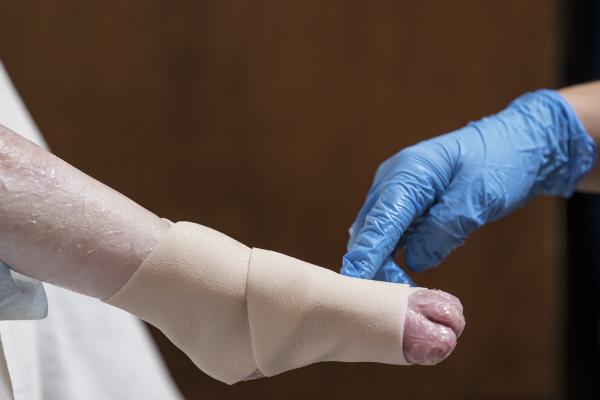
Use Appropriate Dressings
Use dressings that help the healing process. Non-adherent dressings are needed in EB. Keep in mind that different products may be needed at different stages of healing. Click here to get help choosing products.
Additional padding may be needed to protect an area and allow for healing. Consider this for wounds on extremities and over boney prominences (areas where bones are close to the skin surface).
In addition, scratching reinjures a wound - treating itch is also very important. Check out DEBRA International’s summary on itching for more information.
Monitor the Wounds for Changes
Below is a checklist for the home. Report all changes to your doctor.
- Where are they located?
- Are the wounds getting bigger instead of smaller?
- Is there increase in drainage?
- Is there increase in pain at the site of the wound?
- Is the skin around the wound too wet or looks white?
- Is there increase in bleeding in the wound bed with dressing changes?
- Evaluate if the wound care plan is working- If the wound is not healing, the wound care plan may need to be changed. On occasion, more advanced care, like biological dressings, might be considered by your provider.
More Guides
Guidance for Adults with EB and their Carers
Healthy Body and Skin BookletA quick-reference guide on the key aspects of skin and wound care in EB.
Clinical Practice GuidelinesInternational consensus best practice guidelines skin and wound care in epidermolysis bullosa.
*Please note that all medical information given by debra of America is for informational purposes only. Our information is not intended to substitute the care and guidance given by a qualified physician. All regimens of care should be discussed with the patient's doctor. Always check with your physician prior to starting any medications or treatment regimens.


